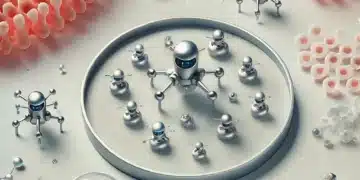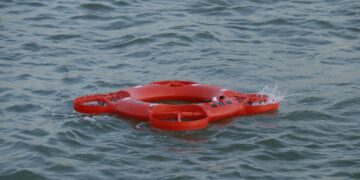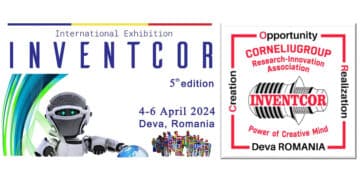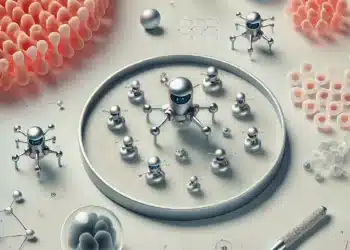The new production method, developed at Monash University in Australia, prevents the formation of cracks and improves the strength of the material
Aluminium is among the most widespread and versatile materials in many industrial fields. The lightness, combined with mechanical strength and high resistance to corrosion, makes it particularly suitable for various uses. Its weak point, however, is the development of weak points subject to breakage, which are formed as a result of repeated and alternating stresses. The damage then spreads from the micro-fracture to the entire object, causing fatigue cracks in a short time. A research group at Monash University, Australia, proposes a solution.
The research describes the first method of production of aluminum components that avoids the formation of so-called “precipitate free zones”. The study was published in the journal Nature Communications. The researchers observed that micro cracks always occur in areas of the metal where the microscopic structure changes. The diversity of structure is generated when the molten metal is cooled. The temperature decrease is not equal at all points of the object and in some areas, the microscopic structure will be different and without the so-called precipitate.
Scientists have therefore thought to “train” the aluminum, i.e. to identify the “precipitate free zones” and stress them mechanically. The process mimics hundreds of times the force that aluminum has to withstand and leads to the increase of microparticles at specific points. The result is a material that can withstand stress much more effectively than the original. The process can also be applied to other metals that suffer from similar structural defects. In the case of aluminum alloys with high physical strength (but low fatigue resistance), the treatment increases stress resistance by up to 25 times.
You may also be interested in -> Here is the transparent and conductive multilayer plastic



































